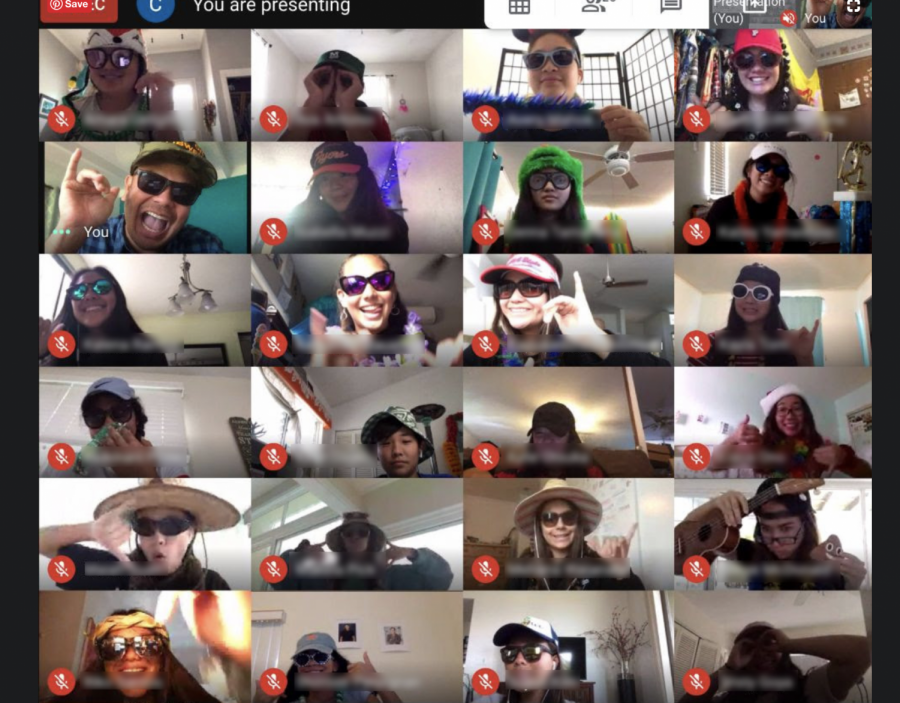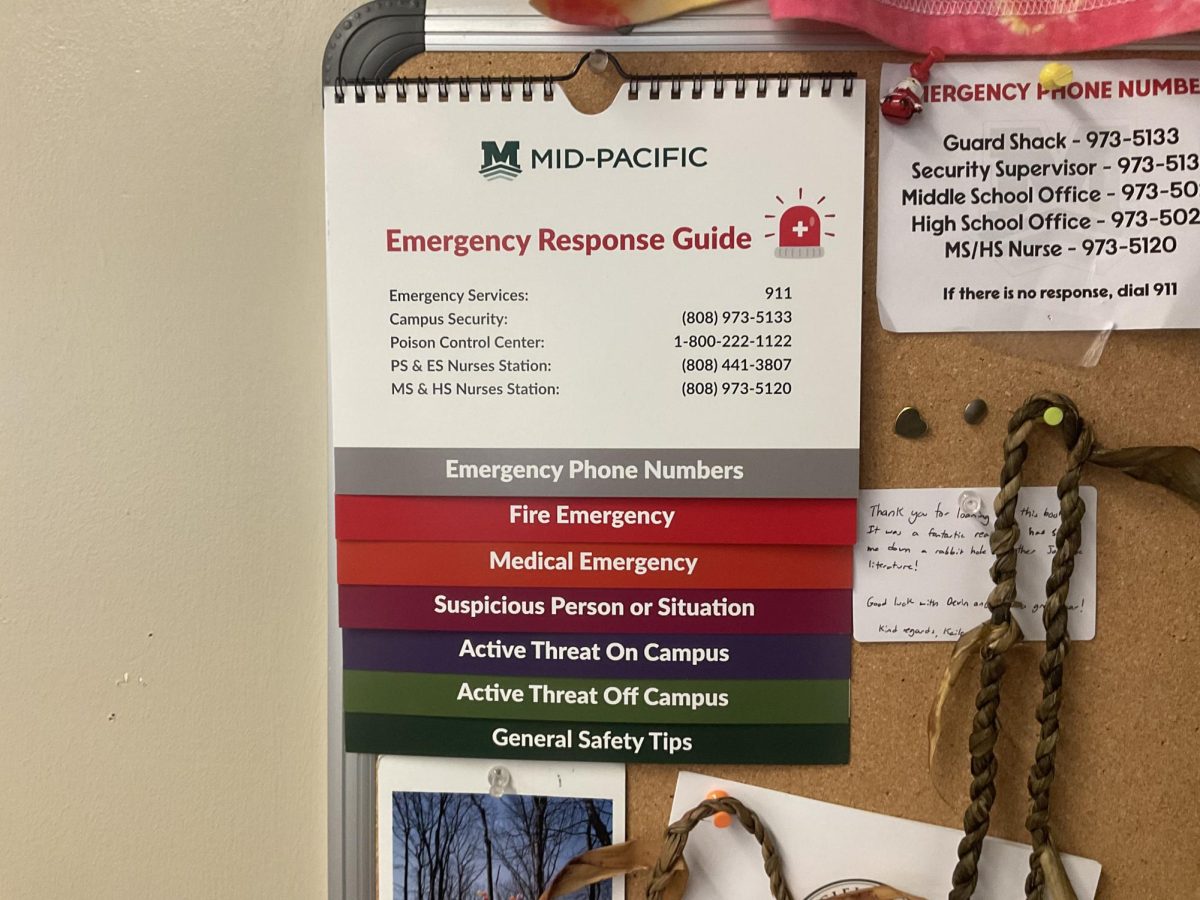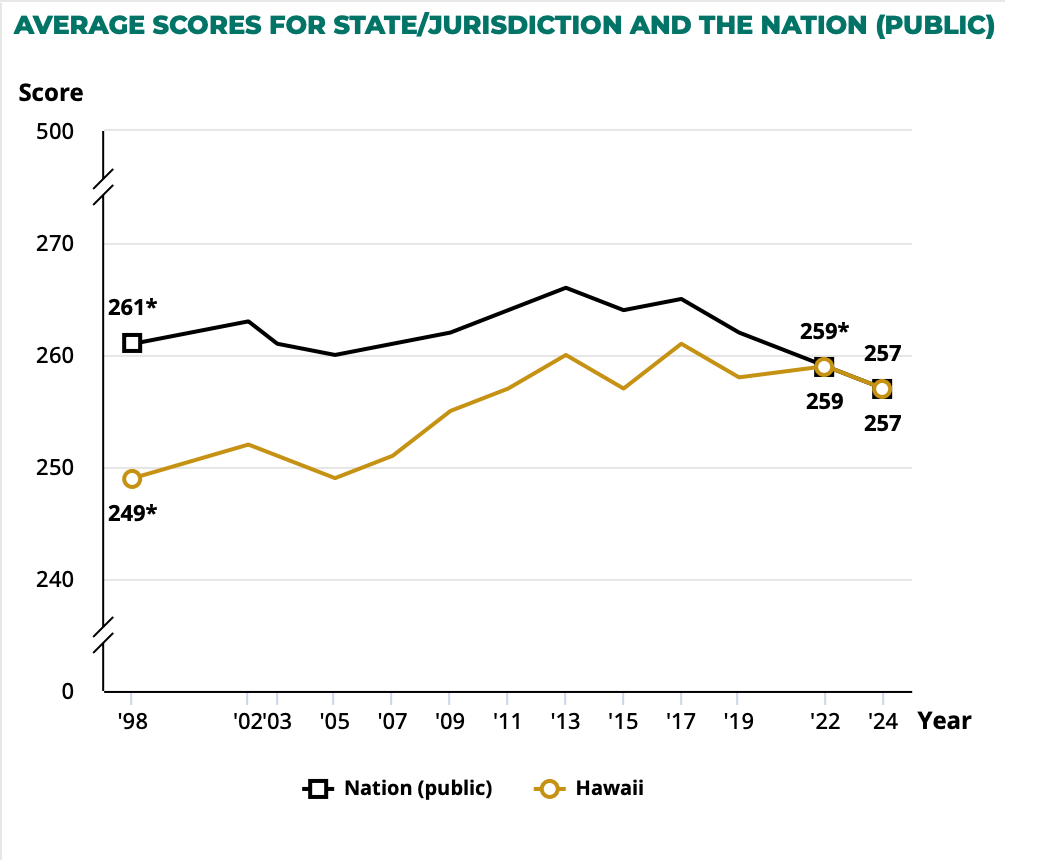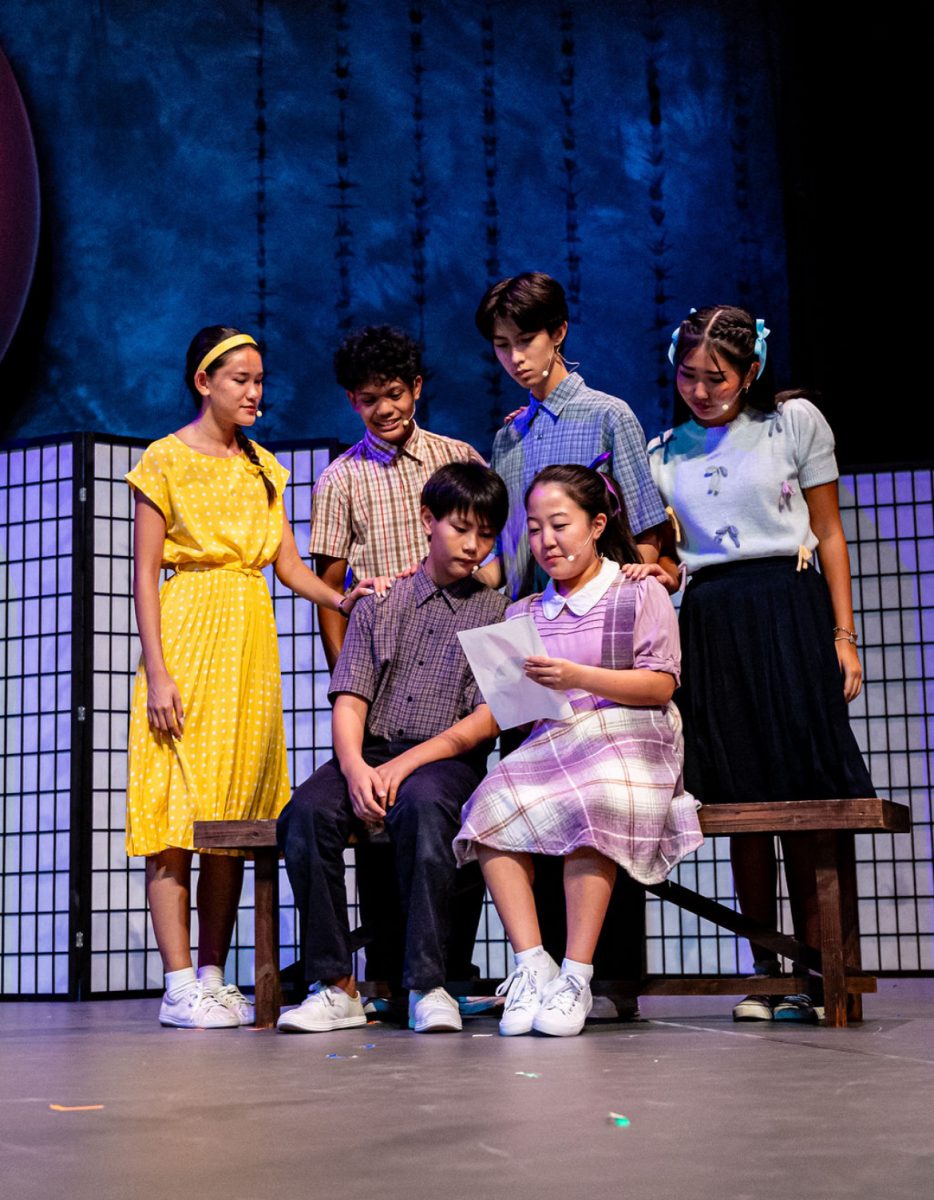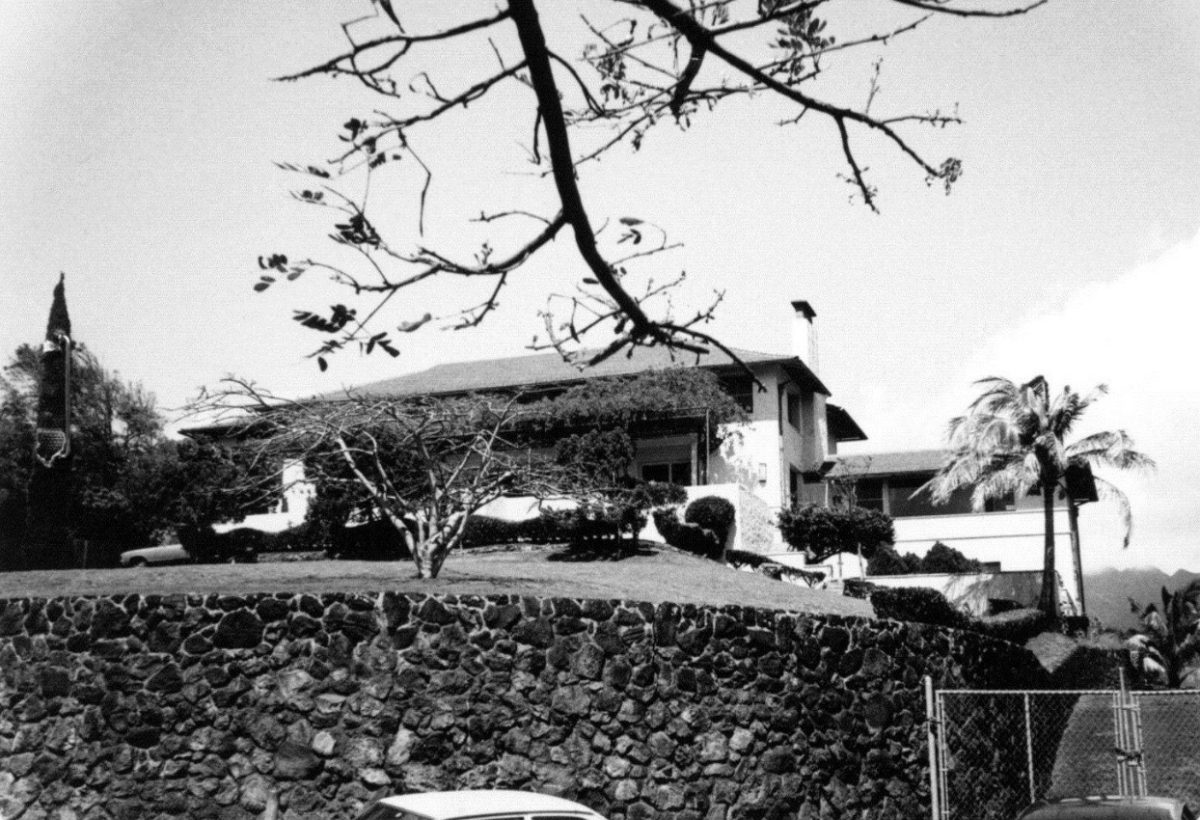Teachers adapt and adjust to online learning environment
Mid-Pacific Image Gallery
Teachers are finding ways to connect with their students during virtual learning. In the “classroom,” Mid-Pacific teachers work to adapt their lessons to the new environment.
May 14, 2020
The teacher cradled his earphone microphone close to his face, trying to make himself heard through the infinite pathways of the internet. His eyes peered at the screen, searching for the faces of students that he hasn’t seen in person for weeks.
Nowadays, distance learning is the new norm. For instructors such as English teacher Ken Baldino, online learning is a great departure from the brick and mortar classroom.
“It’s naturally less dynamic not having the teacher and the students in the same room. It’s also meant that for many of us, previously planned lessons and activities had to be cut or adapted very much on the fly,” said Baldino.
Latin teacher Janice Reiger said she is glad that the schedule allows for 2 asynchronous days every week, which allows students to meet with their teachers in small groups.
There are two types of day in the Mid-Pacific schedule, synchronous and asynchronous. On synchronous days, all 7 are scheduled, in the place of the 4 classes that were there before. In exchange, students and teachers get an asynchronous day where they have the time to catch up and ask questions, with designated times for the teachers to have office hours.
“Mondays, Wednesdays, and Fridays are very busy days, so to have Tuesdays and Thursdays, is to not have all that pressure of teaching more classes,” said Reiger.
Math teacher Michael Hangai said he finds that learning on a digital platform hasn’t been easy on his students.
“I’m noticing that a lot of students are really anxious, […] and it’s not just one or two, it’s a big group of them,” said Hangai.
He said empathy is the most effective way to address this.
“[You need] to be really understanding, to know how difficult this can be for some people,” said Hangai
Dean Erin Regua commended the faculty and staff for their adaptation over spring break.
“The entire virtual learning plan was created and rolled out within less than a month, which is remarkable\; that just doesn’t happen. There was a lot of work that went into it over spring break by our technical department, our administration and our curriculum people,” said Regua.
Regua also said she sees a lot of good things about online learning so far.
“Obviously we were forced into this situation, but in a situation where people can feel very isolated and alone, I actually love that it’s provided community and connection,” said Regua.

